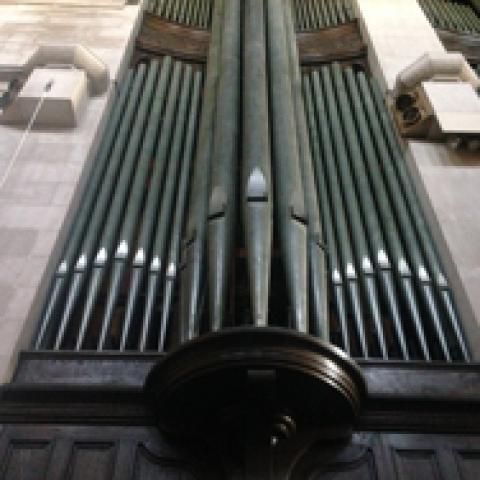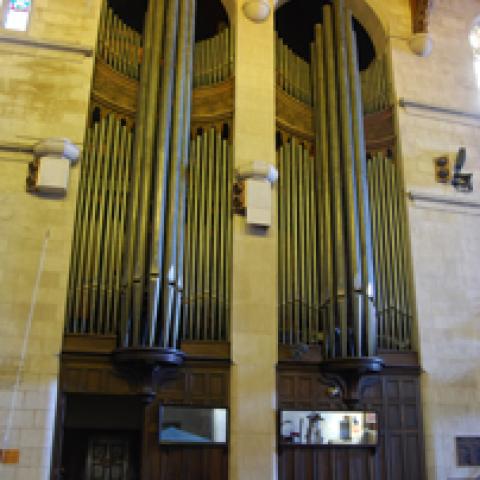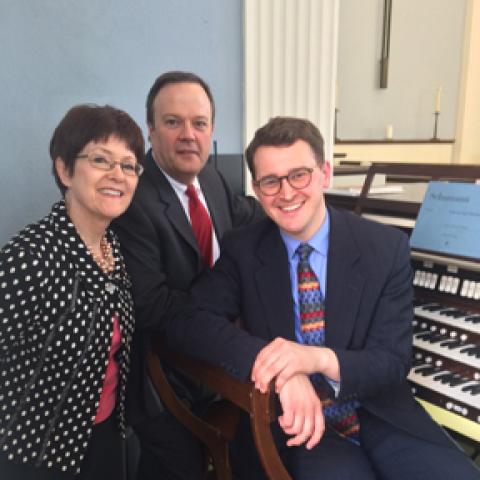
The Opus 327 foundation of St. Luke’s Episcopal Church, Evanston, Illinois, presents Stephen Tharp playing Petr Eben’s Faust with readings selected by the composer on March 9 at 7:30 p.m. on the church’s 1922 Skinner pipe organ, Opus 327. For information: www.stlukesevanston.org.





